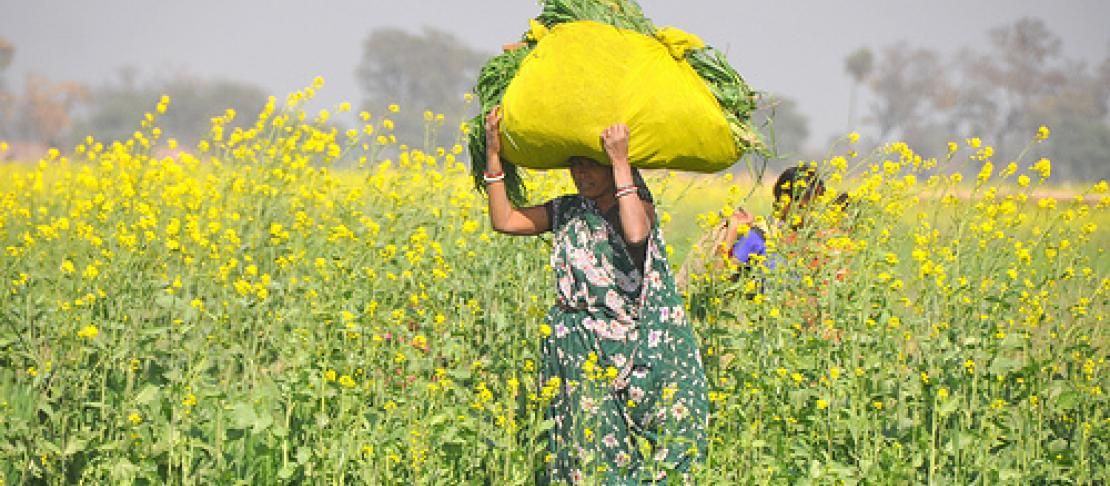Adaptation: all talk and no action?

Among the global ripples from Japan’s recent earthquake has been a surge in investment in renewable energy. No doubt the backlash against nuclear power will pass, but the response is typical of the human tendency to act on long-term challenges only when provoked by crisis. Are we adapting to climate change? by Lea Berrang-Ford, James Ford and Jaclyn Paterson, shows how extreme events are key stimuli for real actions on adaptation to climate change. In agriculture, floods and droughts in particular, but more generally to increasing variability in precipitation, motivate deliberate adaptations towards current and future climate change.
Humanity is well aware of the scale and urgency of the adaptation challenge. Calls to act are compelling. But, as Berrang-Ford and her co-authors demonstrate, current literature includes far more examples of intentions and plans to act than cases of actual implementation. The good news is slight increases in reported actions over the last few years and a reassuring spread of actions across countries and across sectors.
An impressive 55% of the papers in the authors’ literature review describe adaptive actions in agriculture, making the sector second only to utilities in reporting on adaptation. Over a third of the papers also report on food security and natural resources. Food security and agriculture are particular foci in low-income countries, where adaptations are often community-based rather than top-down, and responsive rather than pro-active. Berrang-Ford et al note that most adaptation is motivated by a mix of development challenges, rarely by climate change alone. Perhaps the “adaptation deficit”, our failure to respond adequately to current climate risks, is more of a development deficit in many poorer countries.
Berrang-Ford et al make the provocative remark that the adaptation deficit cannot be attributed to lack of knowledge, as there have been 1741 scholarly articles on the subject in four years. What delinks policy and action from research is a critical and wide-ranging question. Some see research as only a precursor to adaptation actions, but others argue that research is itself one of the most important investments that we can make to adapt to future climates. There is no doubt that agricultural research, whether scientific or informal, offers us better-adapted practices, varieties and technologies.
This brings us to the interesting research methodology of Berrang-Ford et al’s paper: a rigorous sorting and analysis of all available English-language peer-reviewed literature, similar to the systematic reviews that are increasingly the norm in medical research. This approach has unmatched strengths in avoiding biases and allowing quantification. Arguably its main drawback is that we do not know whether the distribution of content in peer-reviewed papers reflects real-world phenomena, or simply academic preoccupations. Perhaps adaptation actions are flourishing beyond the scholarly gaze. Farmers intimate with their local agro-ecologies have been responding to climate risks through adaptive management – and thus linking research and action – for millennia.
This blog is part of the series AgClim Letters, a monthly commentary on science and policy written by Sonja Vermeulen, Head of Research for CCAFS. Sign up to receive this as an email bulletin. Your comments are welcome below.